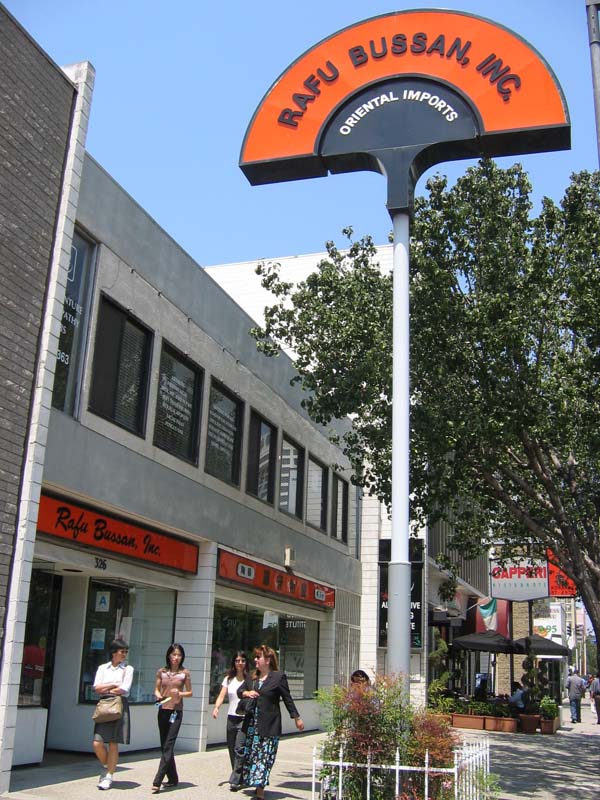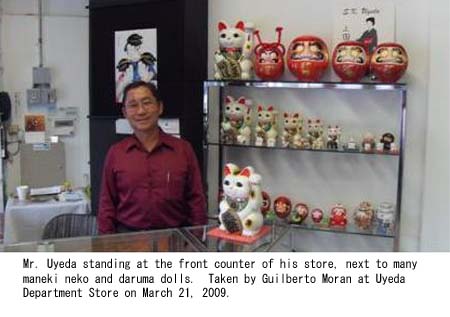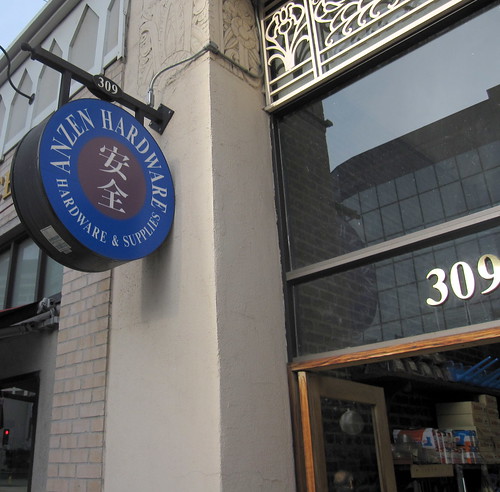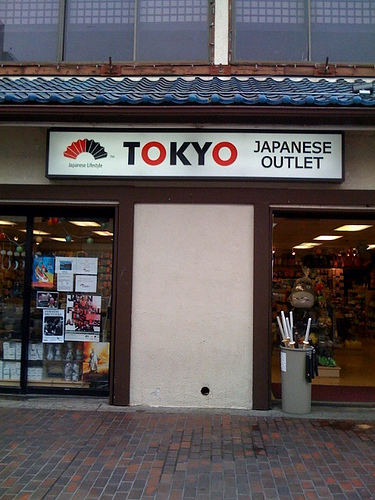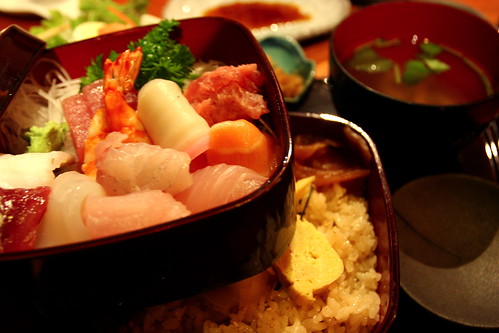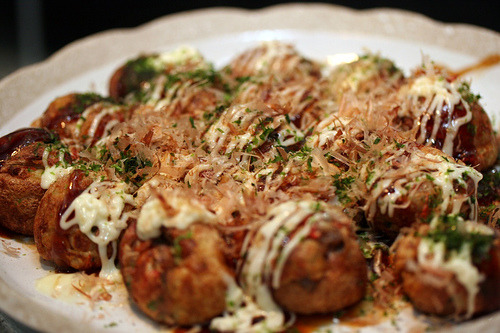






Little Tokyo Market Place carries a mix of Asian groceries and American products you'd find at Ralph's and, although it won't meet ALL of your shopping needs, you can bet it'll meet a lot of them...and a few fun things you didn't even know you needed. PLUS, there are almost always samples of things like gyoza, ramen, drinks and kimchi--especially on Sundays.Little Tokyo Market Place also has a second floor, which has everything from Japanese bowls to an entire Hello Kitty store.






